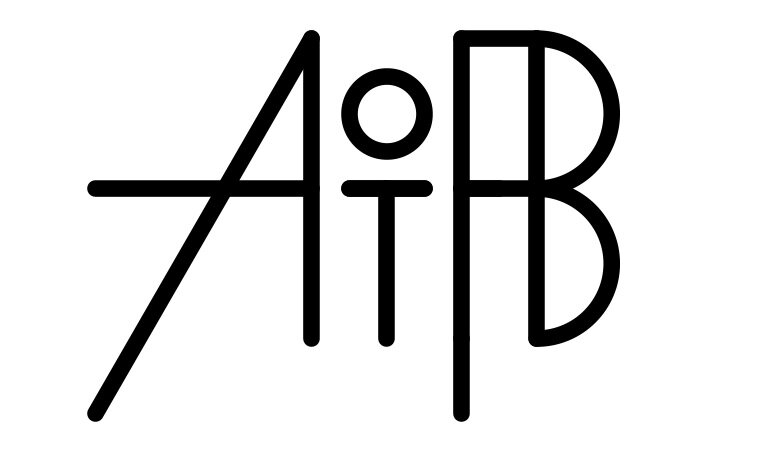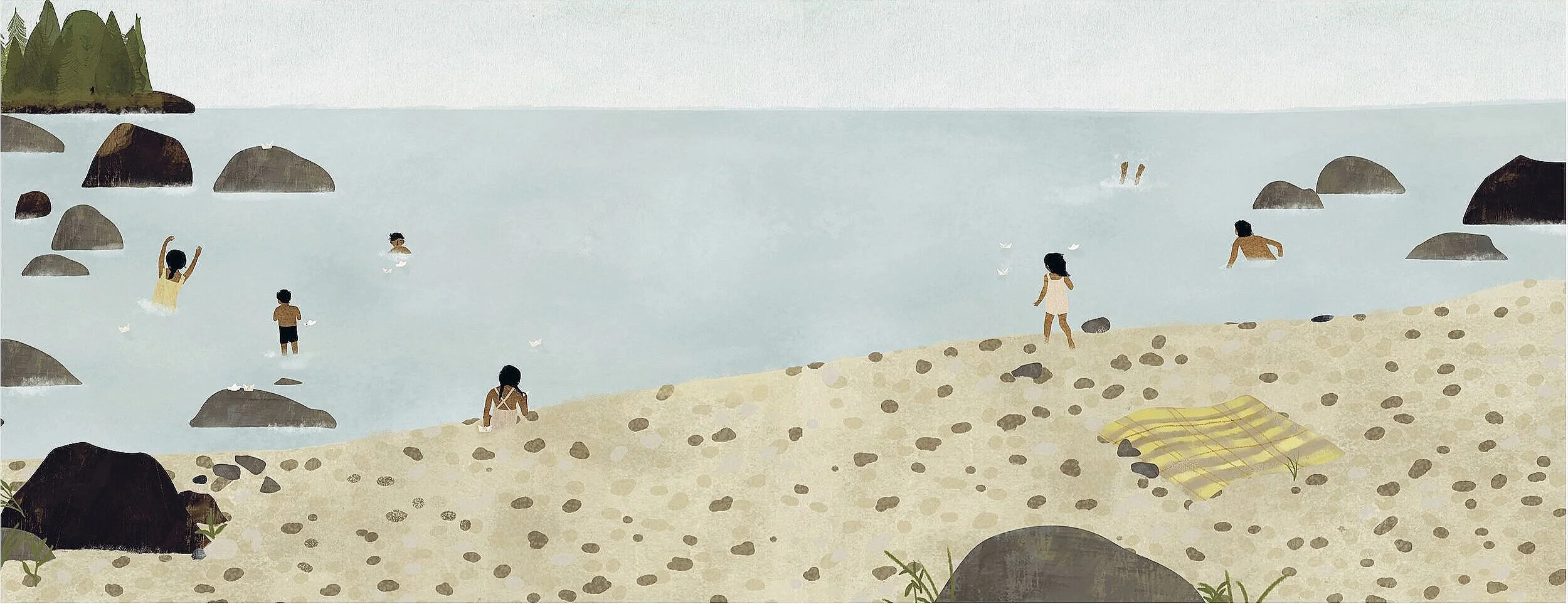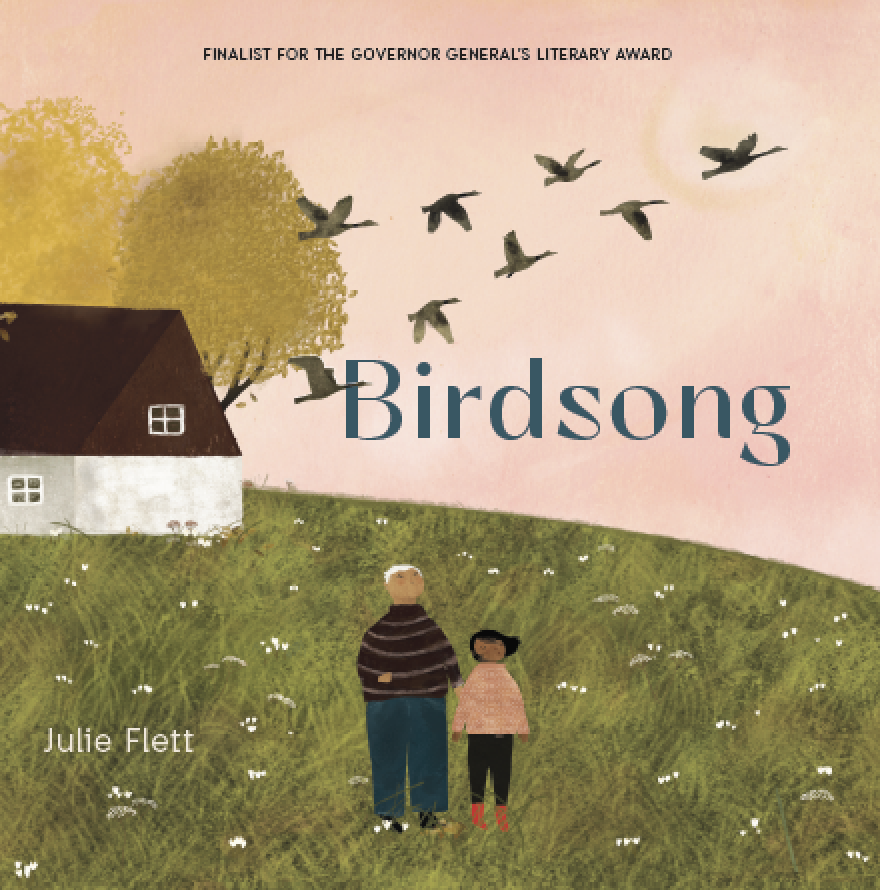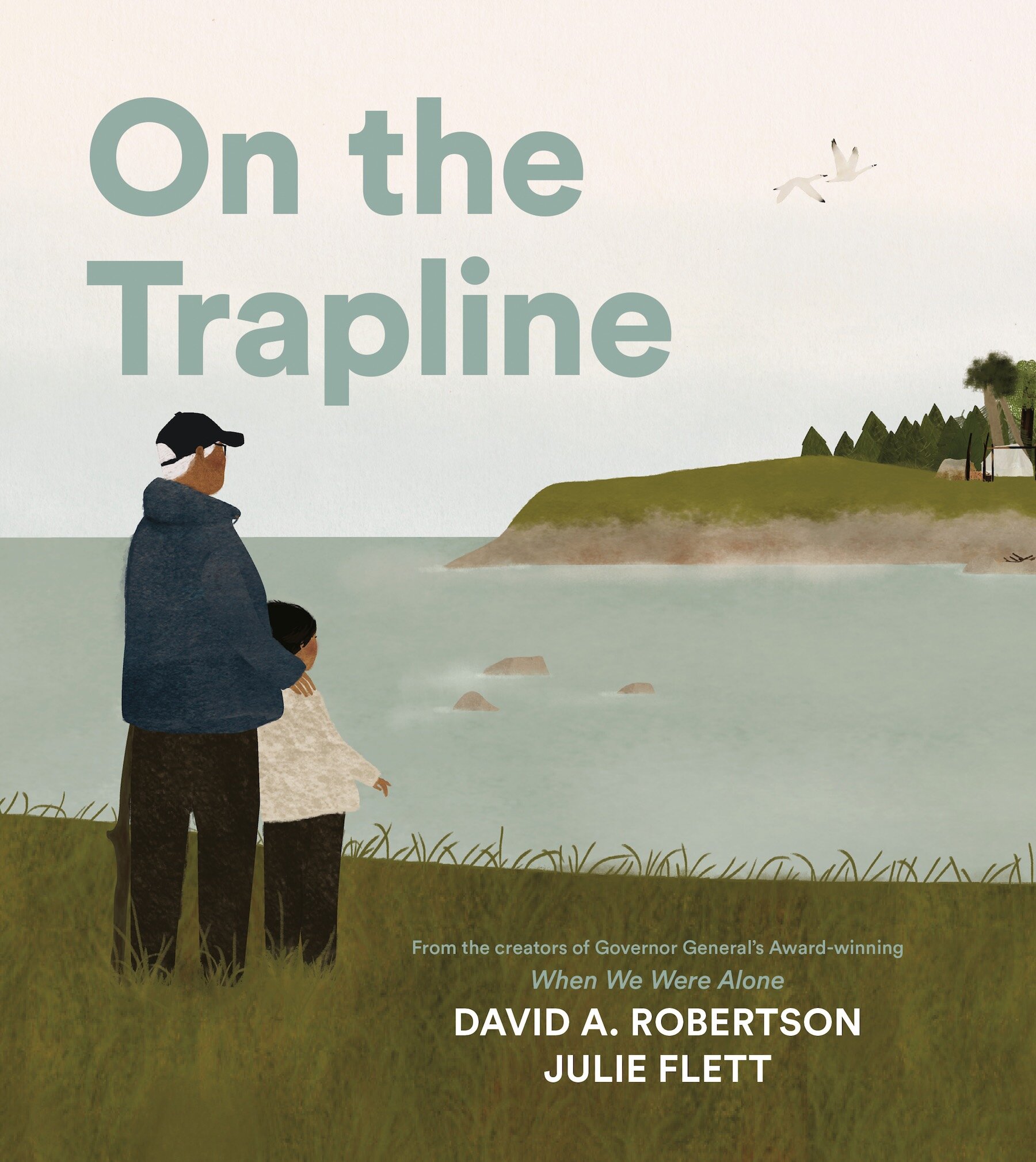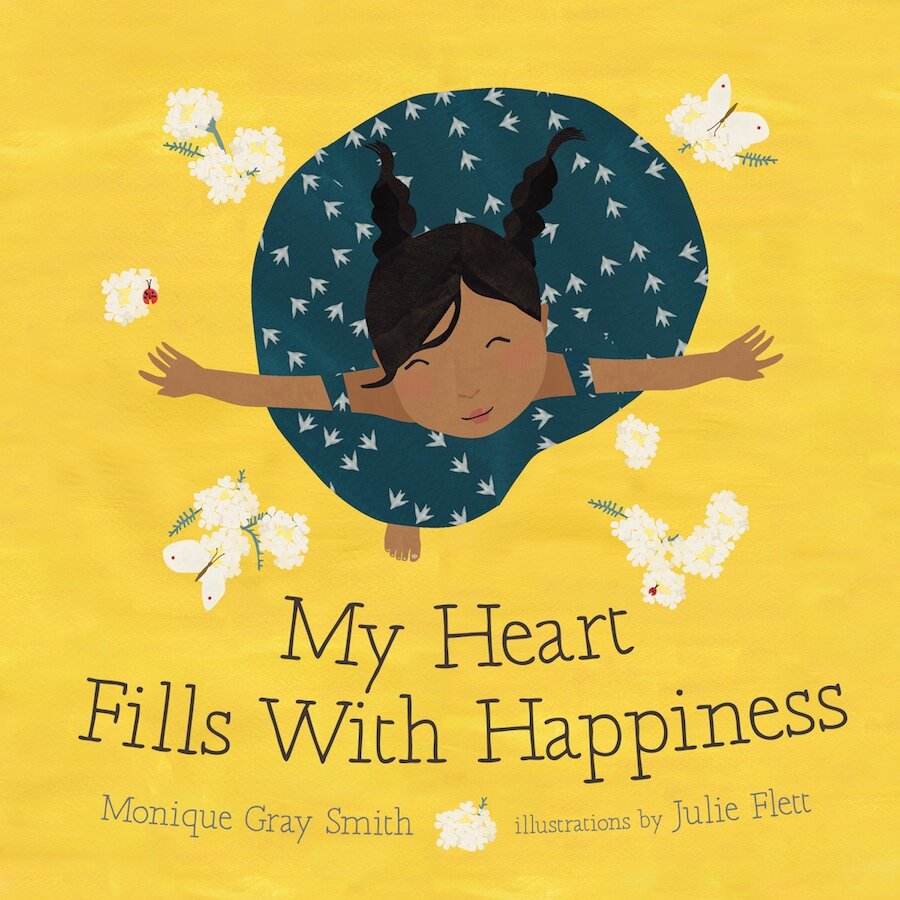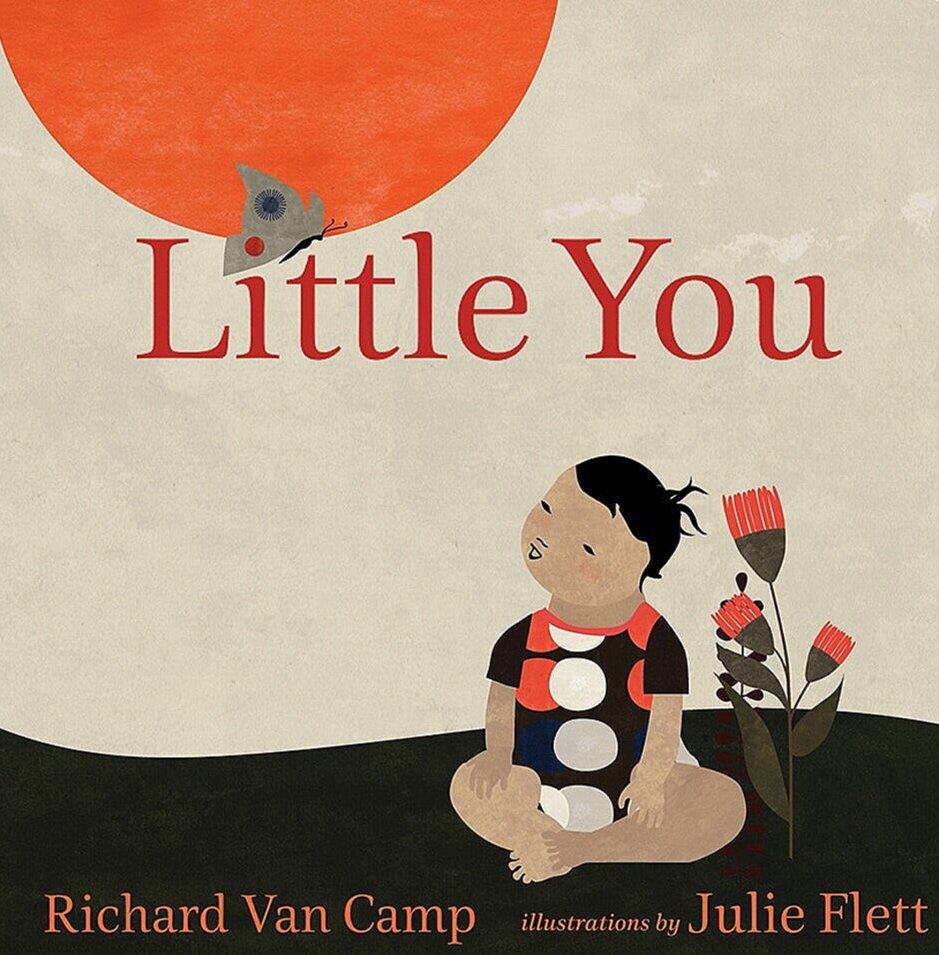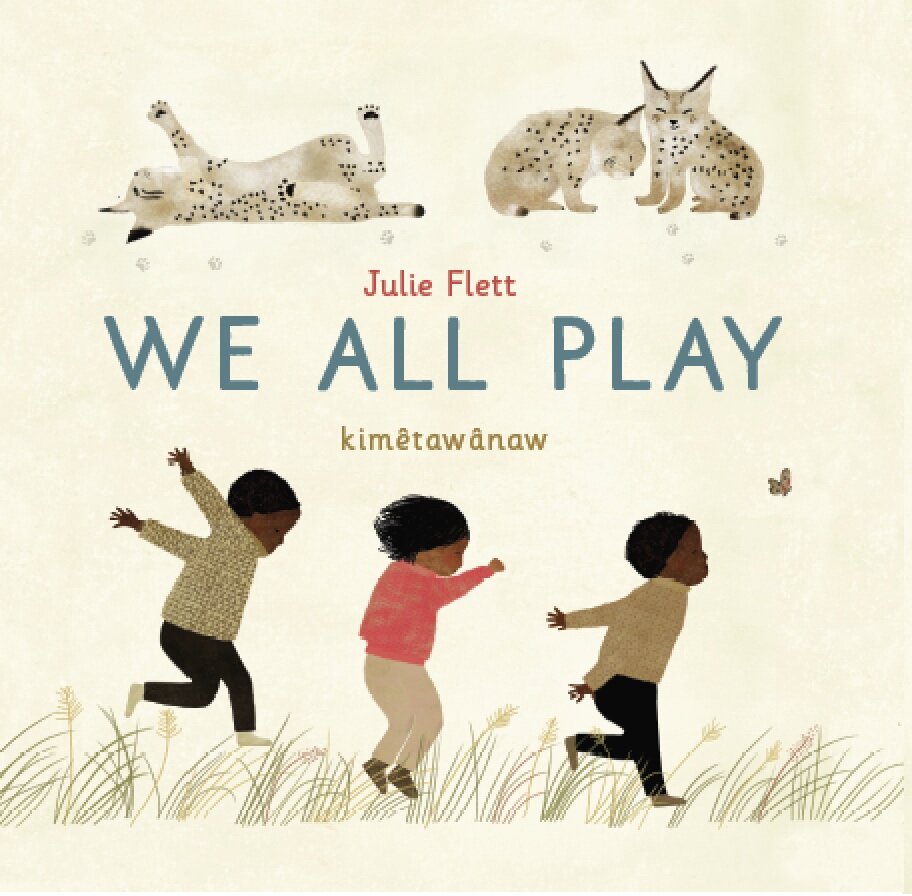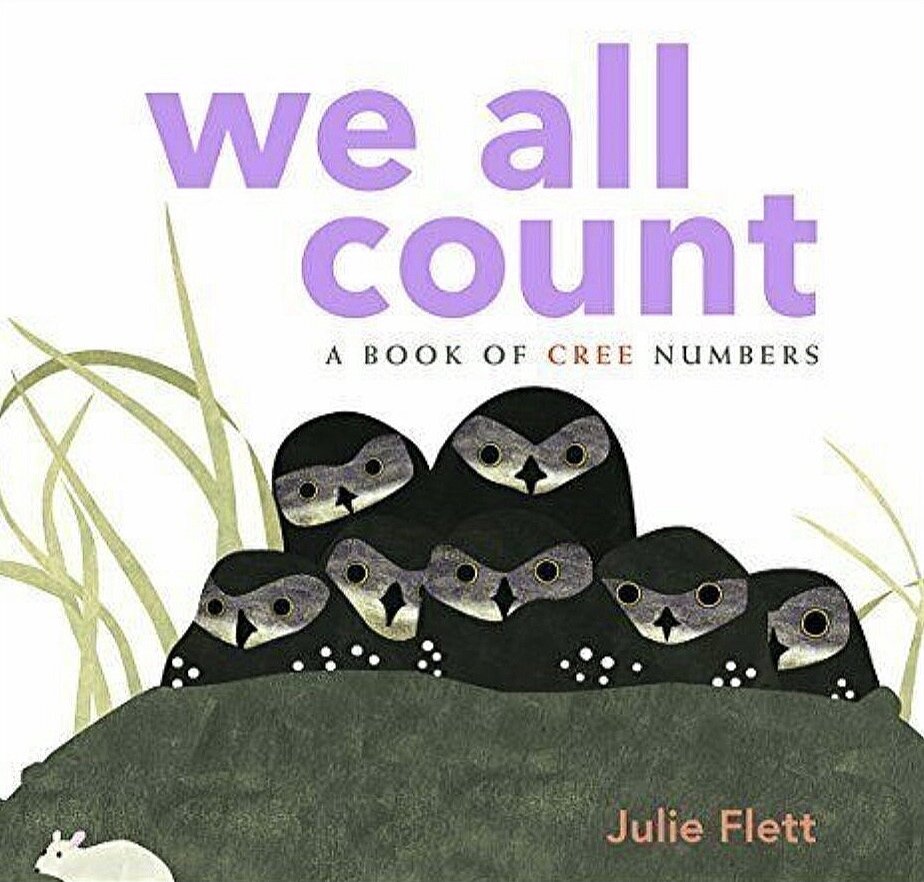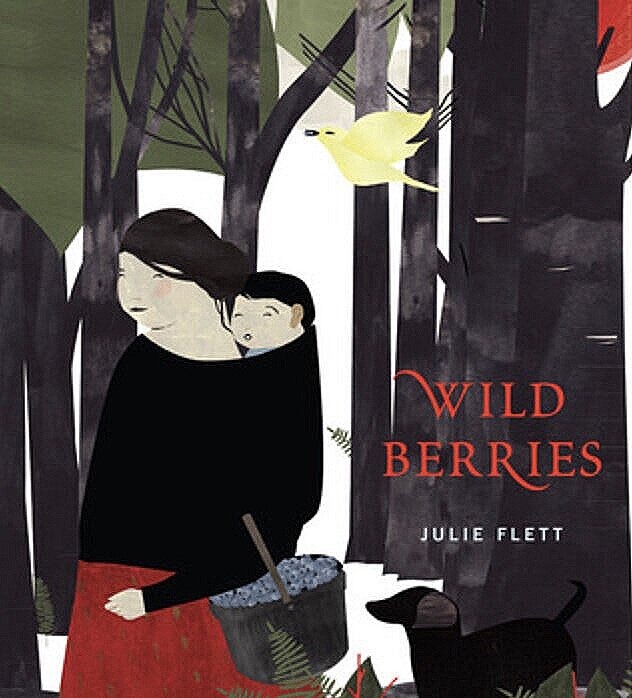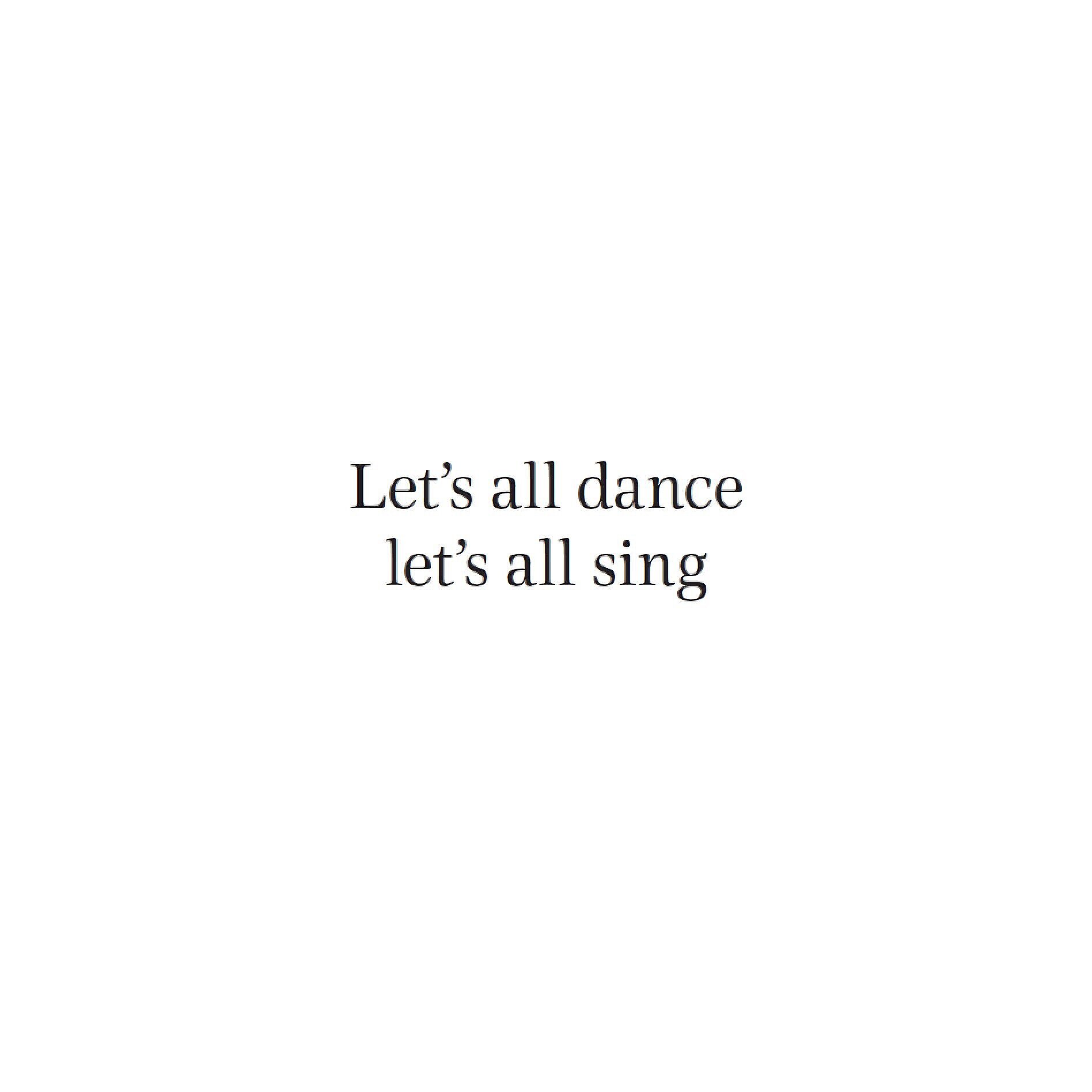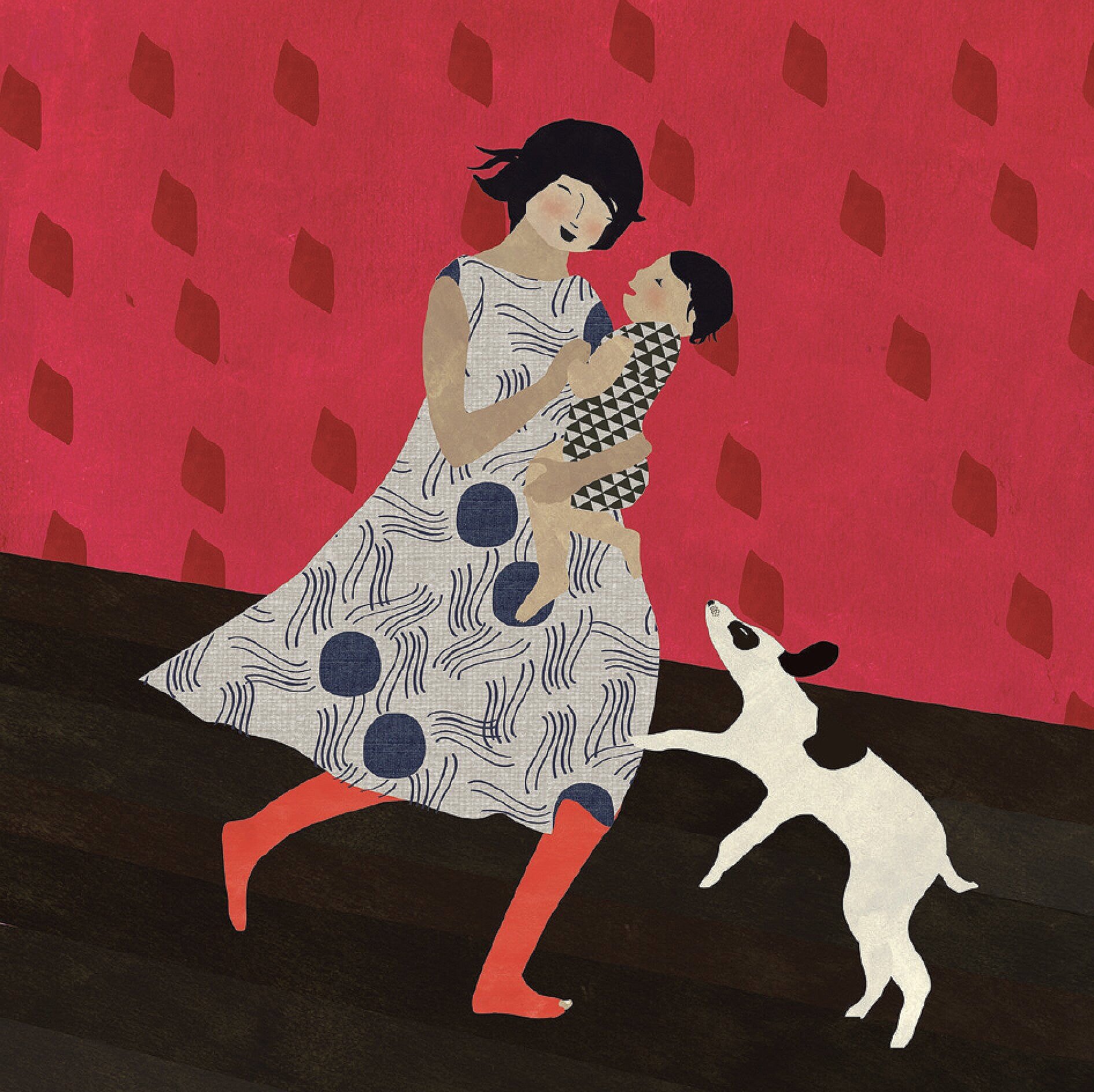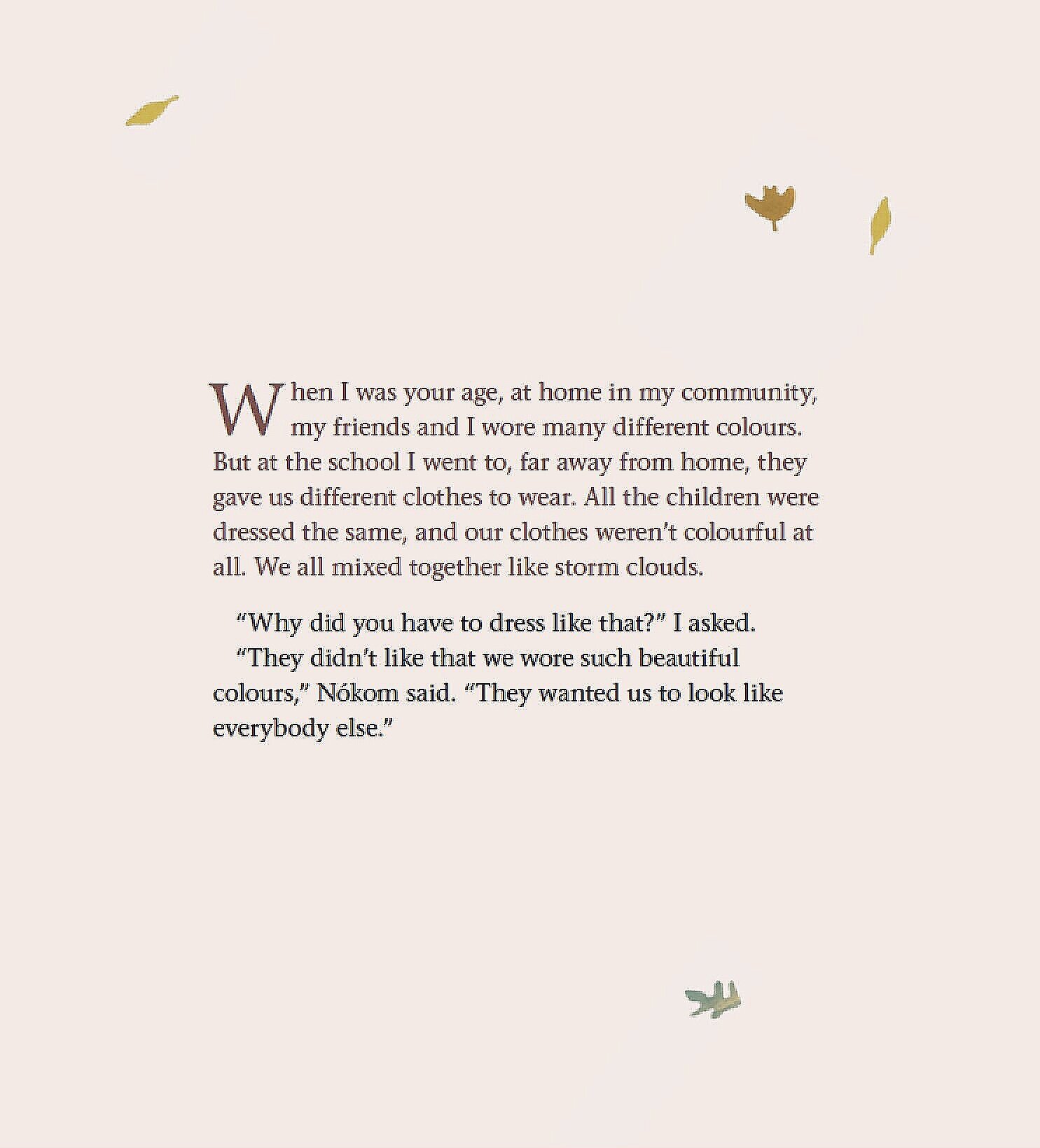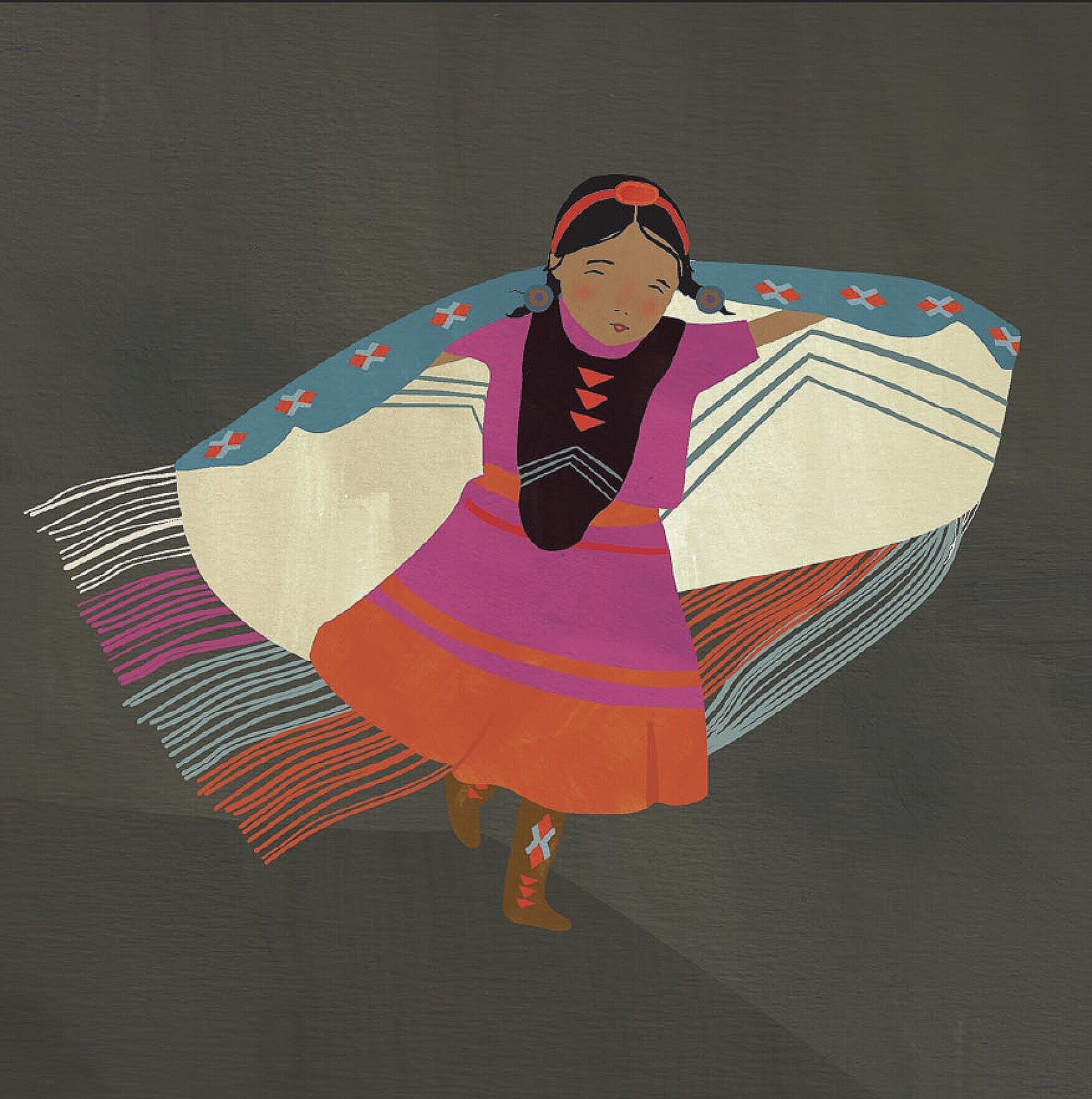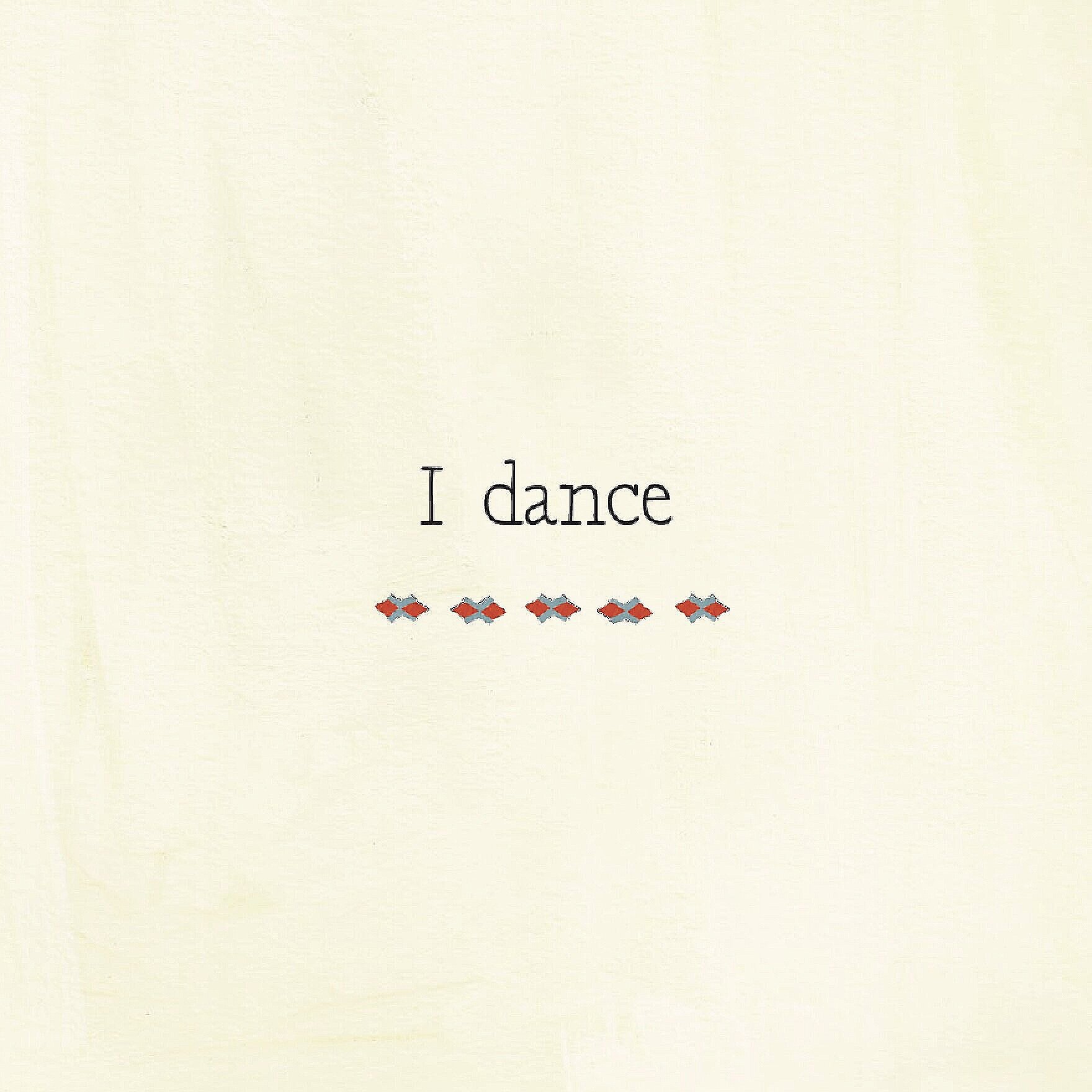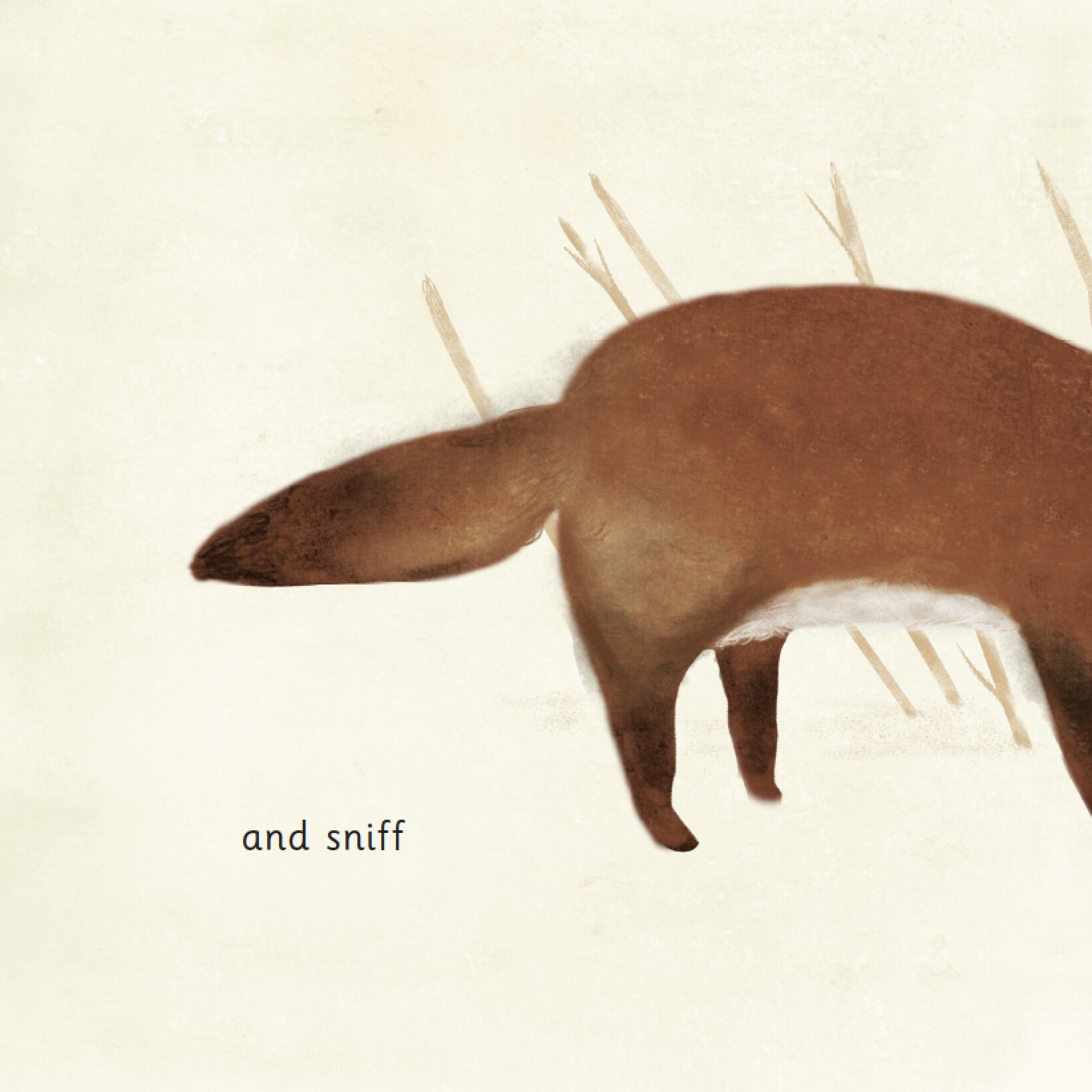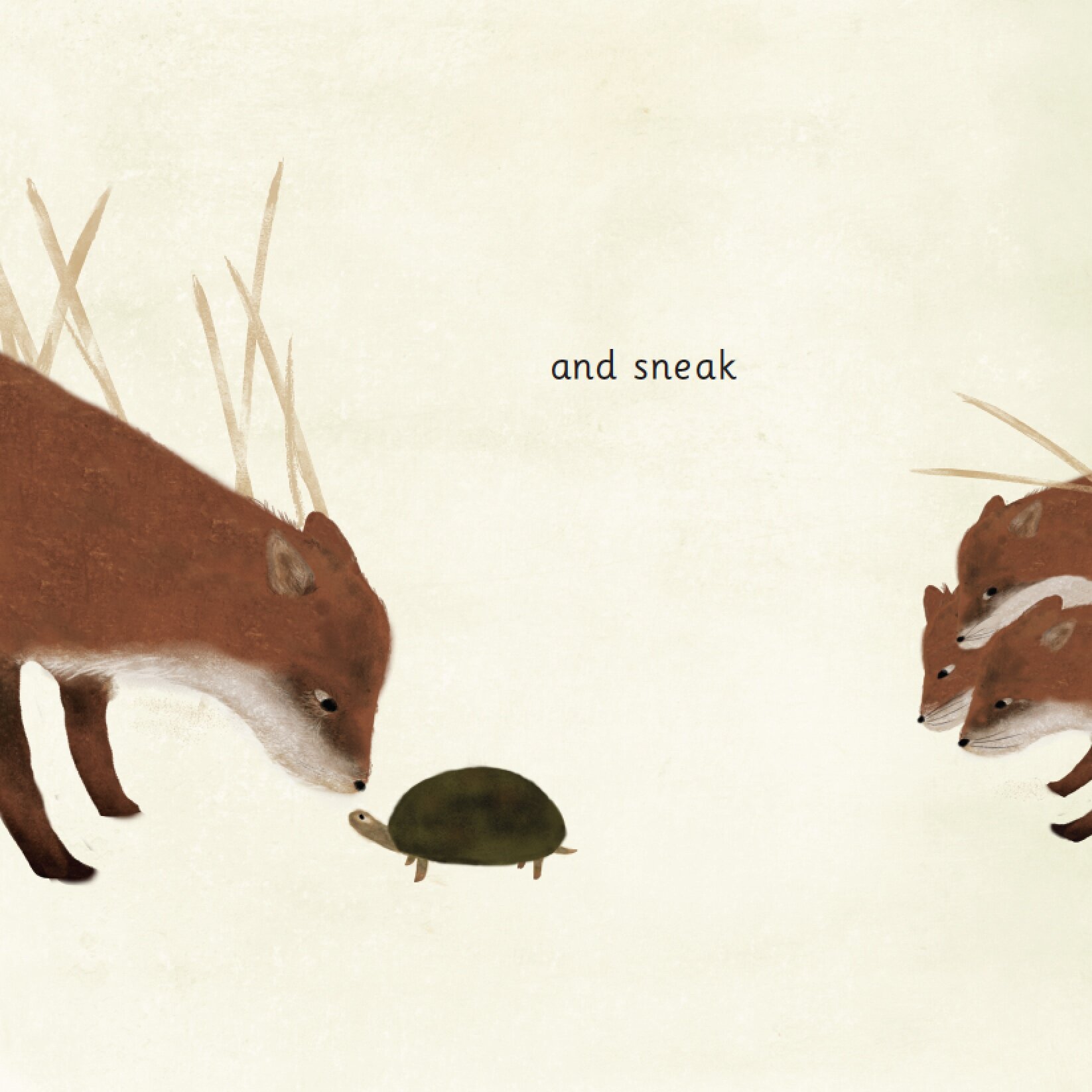An Interview with Julie Flett
Julie Flett
May 14, 2021
We interviewed Julie Flett, award-winning children’s picture book illustrator and author. Among her many awards, she was the 2017 winner of Canada’s Governor General’s Award for Young People’s Literature-Illustrated Books for When We Were Alone by David A. Robertson. She was also the recipient of an honour mention by the BolognaRagazzi Awards in 2019 for We Sang You Home. Flett is Cree-Metis and lives and works in Vancouver, British Columbia, Canada.
A Selection of Work
As a child, did you know you wanted to be an artist? Did you have art classes in school?
It was mostly my parents and our community. Both of my parents were artists in their own right, my mom a textiles artist and my dad, a beautiful drawer, they really supported my sister and me in the arts from early on.
I had a lot of anxiety in school and my mom was happy to have me stay home, she also experienced this as a kid so it made sense to her. I would spend hours and hours drawing and making things, working on art projects. Lots of drawings of my sister and me doing sister things. Drawing or observing the everyday seemed to be a theme from early on.
Cover of Little You, by Richard Van Camp, illustration by Julie Flett
Interior spread from Little You, by Richard Van Camp, illustration by Julie Flett
An old friend from elementary school wrote to me recently and said she remembered coming over to our place to draw and make things. I also remember my dad setting up the projector so that we could watch films he'd taken out from the library, lots of beautiful NFB (National Film Board of Canada) animated shorts and others.
During your time at Concordia University in Montreal, your studio arts degree did not include illustration. You've referred to it as "conceptual work." Can you describe some of the art you created during this period?
My focus to start was in textiles, and then film a little later, and in my final year, most of my work was multi-disciplinary, where I sort of brought all of these things together through sound, image and textiles based installation work.
Cover of When We Were Alone, by David A. Roberston, Julie Flett
Interior spread from When We Were Alone, by David A. Roberston, Julie Flett
I was also a part of an Indigenous arts collective at Concordia, we would have gatherings to share what we were working on, and connect on what was happening in the world, this was a few years post Oka Crisis, Kanesatake Resistance. Some of us came together for a project called Native Love, you can read a little more about it here: http://www.cyberpowwow.net/nation2nation/love.htm
Cover of Wild Berries, Julie Flett
Interior spread from Wild Berries, Julie Flett
Interior spread from Wild Berries, Julie Flett
Even though I didn't study illustration and am self-taught in this respect, studying at Concordia gave me the opportunity to spend the time I needed to ground myself in a project, to go as deeply as the work and research would take me, and I think that reflects in the book work that I do today.
Interior spread from Wild Berries, Julie Flett
Interior spread from Wild Berries, Julie Flett
And interestingly, over the last few years, I've had a few composers and artists reach out to work on collaborations with some of my story texts, which they reinterpret through audio and composition, most recently Patrick Eakin Young who plans to work with the text from Birdsong, and composer Alex Eddington who worked with the text from Wild Berries, with Cree translations by Earl N. Cook, on a composition, Picking Wild Berries performed by the Chronos Vocal Ensemble, score published by Cypress Choral Music. It's just stunning.
Cover of On the Trapline, by David A. Robertson, illustration by Julie Flett
Interior spread from On the Trapline, by David A. Robertson, illustration by Julie Flett
Interior spread from On the Trapline, by David A. Robertson, illustration by Julie Flett
Can you elaborate on how you use landscape as the starting point for your illustrations?
So much of the work that I do is connected to land based practices, and about our relationships to the land and each other, and I think this practice just came up really organically to the work. The more I work on projects, the more I fall in love with landscape and find that it grounds the work, it informs the colour palettes and tones and it grounds the characters.
Interior spread from On the Trapline, by David A. Robertson, illustration by Julie Flett
Interior spread from On the Trapline, by David A. Robertson, illustration by Julie Flett
Your patterned backgrounds often have almost a textile quality. You briefly studied textiles in college. How has that informed your illustration work?
My mom had a weaving shop when we were growing up, and later a consignment shop with a focus on vintage clothes from earlier periods, 1920's-30's. We were around textiles a lot as kids. My sister and I used to spin wool for the weaving shop, and I developed a love for patterns, dyes, and materials. All of this informs my illustration and story work.
Flett’s mom at her weaving shop
Can you describe your step-by-step process in creating your illustrations?
I usually start with spontaneous responses to the text sketched out in a sketchbook, they're usually pretty rough but they capture the spirit of the story. If they're working, I'll trace them into an illustrator program and refine them a bit before submitting them to the publisher. I work on the backgrounds separately and then I scan those in and start putting everything together. The first part of the process is very much going back and forth between paper and illustrator programs. I'm still figuring all of it out and still have lots to learn.
In terms of materials, it's mostly pastel at this point but I'll bring in watercolour and other mediums if it feels right.
Cover of Birdsong, Julie Flett
Birdsong is dedicated to " . . . all the makers who have inspired me." Who are some of the makers who have inspired you?
I was raised surrounded by and with artists and makers of all ages. Lots of musicians, potters, painters, printmakers and filmmakers. They were always so happy to share their time with a young person who was curious.
Cover of My Heart Fills with Happiness, by Monique Gray Smith, illustration by Julie Flett
Later in life, early art school years, I fell in love with the films of Alanis Obomsawin and Agnès Varda, and also the work of painter Agnes Martin. Charmian Johnson, a Vancouver artist and potter, was our neighbour at one point, she also inspired the character, Agnes (and the snowdrops).
And I think a lot about artist Annie Pootoogook and Ruth Asawa's work. Ruth writes about art that “deals directly with life” and those are the themes inform and inspire so much of my work too.
Cover of We All Play, Julie Flett
In what ways are you working to highlight the Cree and Michif languages with books that introduce those to children growing up today?
When I started working on kids’ books, I was learning about the languages that my grandparents had spoken, and I thought this was something I could share with kids and something I could contribute to my community through artwork and storytelling. The first few books were introductory language books, Lii Yiiboo Nayaapiwak Lii Swer L'alfabet Di Michif – Owls See Clearly at Night: A Michif Alphabet, and shortly afterwards, the two board books: We All Count: A Book of Cree Numbers and Black Bear, Red Fox - Colours in Cree.
Interior spread from We All Play, Julie Flett
As it goes along, I'm working on stories for kids, and the inclusion of Cree words seems to come up organically to the story. Birdsong for example, is about the intergenerational friendship between two neighbors, an older artist named Agnes, and a young girl, Katherena, told from the child's point of view. Because I started with the images, I got to know the two in a way that focused on the ease of their friendship, and their connection to each other, the creatures, the land, and the seasons. The inclusion of Cree words came naturally to the conversation between the characters, and to the story.
Interior spread from Birdsong, Julie Flett
Interior spread from Birdsong, Julie Flett
Interior spread from Birdsong, Julie Flett
At one point in the story, Agnes and Katherena are in Agnes's studio. The line reads, "Agnes is working on a pot that's round and bright. She tells me about waxing and waning moons. I tell her about Cree seasons. This month is called pimihâwipîsim—the migrating moon." Pîsimmeans moon, pimihâw means migrating or traveling. Pimihâwipîsim—the migrating moon is always in October.
Interior spread from Birdsong, Julie Flett
In the last spread, Katherena shares "Later that night, on a frog moon, ayîkipîsim, my mom and I bundle up together in our home." Again, pîsim means moon, ayîkis means frog. Frogs come out in April in some areas, and in May in other areas, so Ayîkipîsim is not the same everywhere. It's connected to the geographic reality.
Cover of We All Count, A Book of Cree Numbers, Julie Flett
Interior spread from We All Count, Julie Flett
I think that working on the language books earlier on set the ground for storytelling, the stories at that point, were in the images. The second book in the numbers and counting board book series, started with the images, we translated the images into Cree, and from there, we translated the Cree into English. There's always an interplay of images and text and images and culture, relationships and connections. And I think most importantly, the books are always about sharing learning across cultures and generations.
Thank you, Julie, for sharing your work and creative process.
For more on Julie Flett:
All images used with permission by Julie Flett and Orca Books, Portage & Main Press and Greystone Books.

